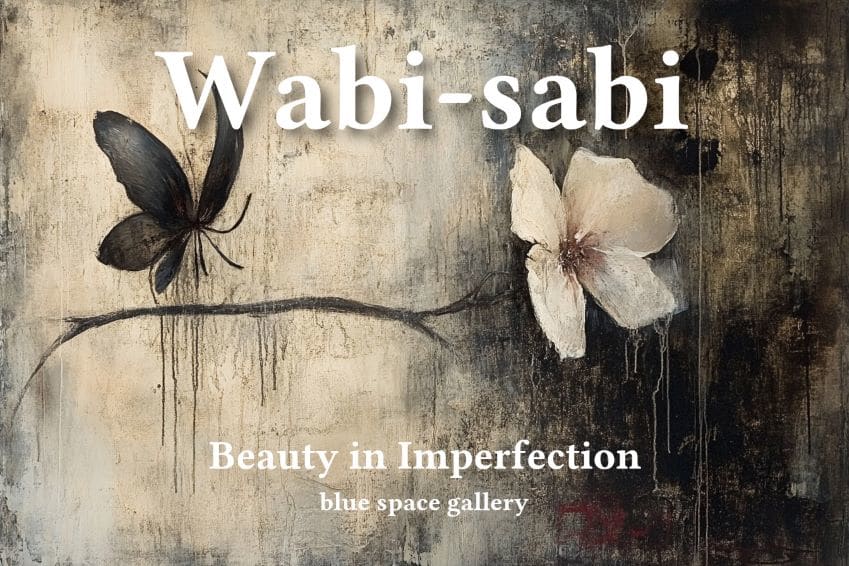Let Go of Precision
If you’ve been stuck painting flowers that are too “perfect,” Wabi-Sabi might be the freeing style you need. It encourages intuition, raw emotion, and subtle detail.
1. Materials for Wabi-Sabi Painting
- Oil paints in subdued tones
- Palette knife or wide brushes
- Canvas or rough paper
- Optional: sandpaper for texture
2. Painting the Petals with Emotion
Instead of drawing every line, try dabbing in your colors and letting them bleed into each other. Make some petals short, others too long. It’s okay—they don’t have to match.
3. Layer and Let Dry
Apply paint in patches. Once dry, go over areas again to add depth, crackle, or even a subtle gradient. This makes the flower feel older, wiser—like it’s lived.
4. Add Marks, Not Details
Use your palette knife to make nicks or lines. These imperfections add honesty. You’re not hiding the process—you’re showing it off.
5. Sit with the Work
A wabi-sabi painting isn’t always “done” in one sitting. Look at it in different light. Feel it. Let your intuition guide whether it needs more—or less.
